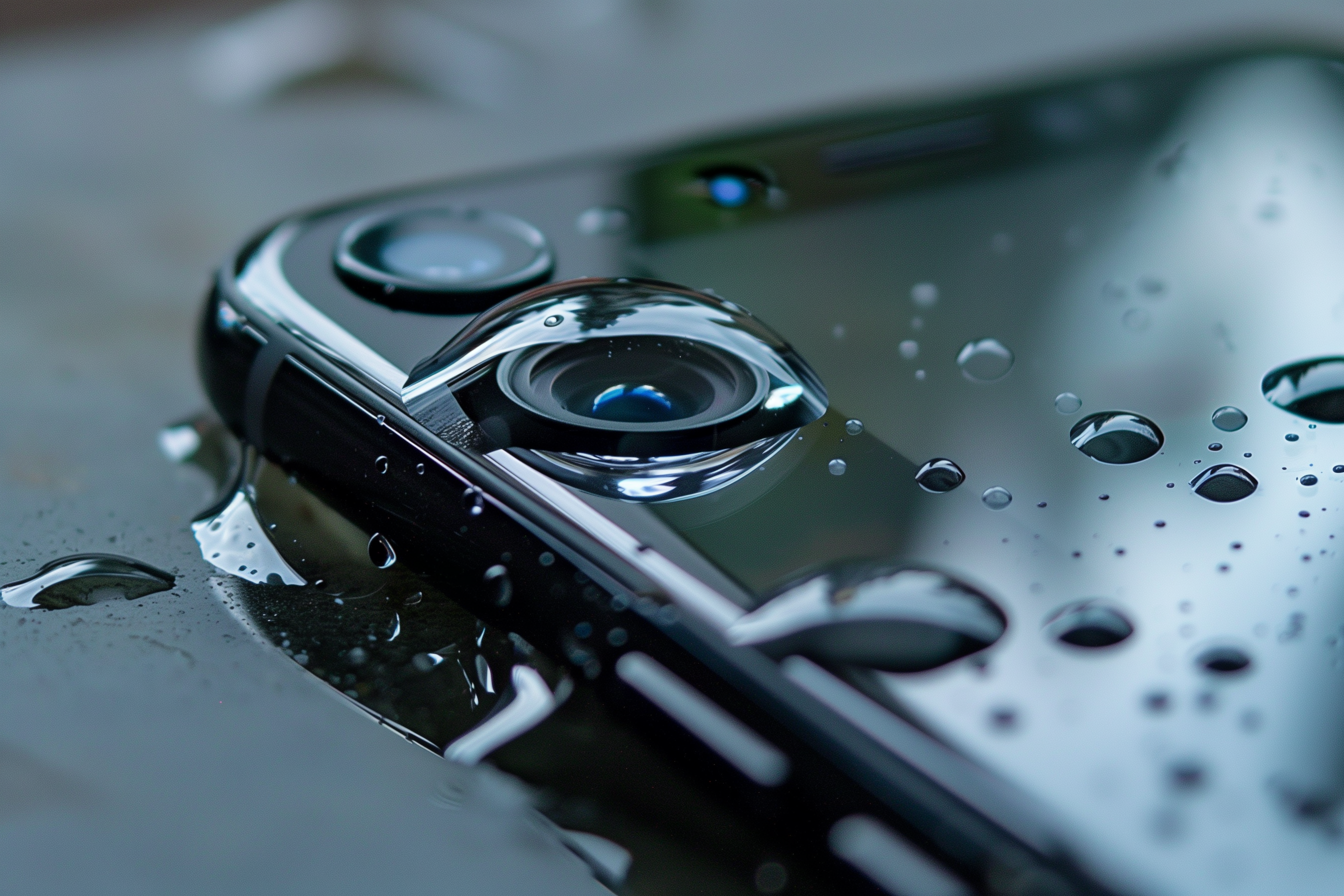
Why the Advent of Liquid Lenses in Future Phone Cameras Matters to Your Imagery Experience

Why the Advent of Liquid Lenses in Future Phone Cameras Matters to Your Imagery Experience
Key Takeaways
- Traditional glass lenses in smartphones have limitations, leading to the need for multiple cameras for different focal lengths.
- Workarounds like clip-on lens kits and software tricks only offer temporary solutions to expand camera capabilities.
- Liquid lenses offer a promising alternative by using fluid to bend light, allowing for multiple focal lengths and rapid focus adjustments.
Smartphone cameras are so good these days, it’s hard to imagine how they can be made better. Most of the improvements are down to software tricks, but there’s one hardware change that’s quietly promising to revolutionize phone photography—liquid lenses.
Glass Lenses in Smartphones Have Their Limits
You’ve likely got a phone with multiple camera sensors and lenses on the back. The reason this is necessary is that there’s a limit to how much you can do with glass lenses in the tiny amount of space available in a phone. In a big camera, such as a DSLR, the glass lense elements can be physically moved back and forth to offer a wide range of focal lengths.
While there’s some room to move those tiny glass lenses in a phone using magnets and other tiny micro-mechanical methods, there’s only so much you can do. Periscope lenses were one smart way to increase focal range in smartphone cameras, but ultimately, if you want to offer a range of focal lengths, you need to offer multiple cameras with complementary ranges.
The Workarounds Aren’t Great
Periscope lenses and adding more and more cameras to a phone isn’t a sustainable or practical solution in the long term. You can also physically move your camera further from or closer to your subject, which isn’t always convenient. There are also clip-on lens kits that can really expand what your cameras can do, but that means carrying around a bag of tiny lenses, and they take time to swap out as well.
Then, there are those software tricks I mentioned earlier. Using sophisticated algorithms and modern machine learning, it’s possible to process and alter photos on the fly to create end results that simply aren’t possible with the physical camera lenses in these devices. This has gone so far that some people are starting to debate whether these images are really photos or not, leading to claims that, for example, photos of the moon taken with some phones are fake .
So, clearly, there has to be a different path if smartphone camera technology has to keep improving. Liquid lenses could be one road to better compact cameras.
How Liquid Lenses Solve the Solid Lens Puzzle
Instead of solid optical elements made from glass or other clear materials, a liquid lens uses a drop of fluid to bend light before it reaches the sensor. Mechanical or electrical force is used to change the shape of the drop on the fly, which essentially gives you an infinite number of lens shapes. This means you can have multiple focal lengths with a single camera.
Liquid lense cameras can also adjust their focus rapidly. Laggy focus is still the bane of smartphone photography, and is probably the leading cause of missed shots, right up there with shutter lag.
Liquid lenses also have the potential for better image stabilization compared to current traditional smartphone cameras. This makes liquid lenses a good candidate for smartphones, which usually shoot hand-held.
It’s not all good news, since there are still challenges and this is still a relatively new approach. Xiaomi first released a phone with a liquid lens in 2021 and it didn’t exactly set the world on fire, but phone makers are still working on it. Tecnoannounced a new liquid lens camera module at the end of 2023 which combines the periscope telephoto design with a liquid lens.
Liquid lenses need special considerations for light scattering issues and containment of the liquid within the camera module, but as these teething troubles are solved through constant refinement, don’t be surprised if a future iPhone or Samsung Galaxy come equipped with a drop or two of liquid inside the phone right out of the factory.
- Title: Why the Advent of Liquid Lenses in Future Phone Cameras Matters to Your Imagery Experience
- Author: Jeffrey
- Created at : 2024-08-28 20:46:59
- Updated at : 2024-08-29 12:32:48
- Link: https://some-knowledge.techidaily.com/why-the-advent-of-liquid-lenses-in-future-phone-cameras-matters-to-your-imagery-experience/
- License: This work is licensed under CC BY-NC-SA 4.0.